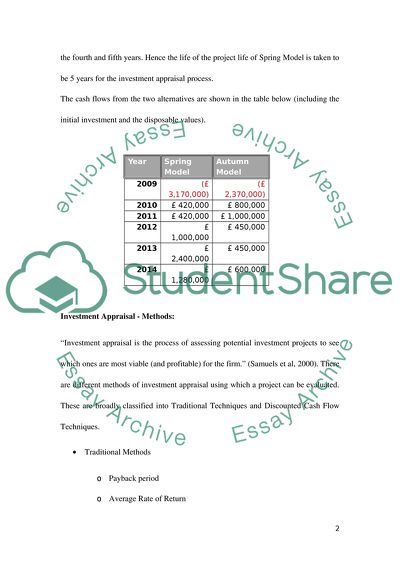Cite this document
(Investment Appraisal Methods Coursework Example | Topics and Well Written Essays - 2500 words, n.d.)
Investment Appraisal Methods Coursework Example | Topics and Well Written Essays - 2500 words. Retrieved from https://studentshare.org/finance-accounting/1731913-financail-management-accounting
Investment Appraisal Methods Coursework Example | Topics and Well Written Essays - 2500 words. Retrieved from https://studentshare.org/finance-accounting/1731913-financail-management-accounting
(Investment Appraisal Methods Coursework Example | Topics and Well Written Essays - 2500 Words)
Investment Appraisal Methods Coursework Example | Topics and Well Written Essays - 2500 Words. https://studentshare.org/finance-accounting/1731913-financail-management-accounting.
Investment Appraisal Methods Coursework Example | Topics and Well Written Essays - 2500 Words. https://studentshare.org/finance-accounting/1731913-financail-management-accounting.
“Investment Appraisal Methods Coursework Example | Topics and Well Written Essays - 2500 Words”, n.d. https://studentshare.org/finance-accounting/1731913-financail-management-accounting.


